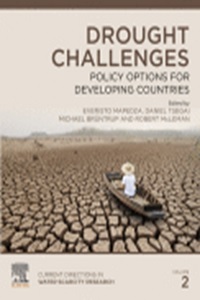Impact of drought-tolerant maize and maize–legume intercropping on the climate resilience of rural households in Northern Uganda
Seventy percent of all economic losses in sub-Saharan Africa (SSA) are solely attributed to droughts and floods. A considerable challenge for policy in SSA, therefore, relates to identifying and promoting options that could address climatic shocks. Climate-smart agriculture (CSA)—an approach seeking to sustainably increase agricultural productivity and enhance resilience of households while reducing emissions of greenhouse gases—is an appropriate option. Using a panel dataset from 655 rural households in northern Uganda, this study assessed the effect of two increasingly promoted CSA technologies (drought-tolerant (DT) varieties of maize and maize–legume (M-L) intercropping) on resilience to climatic shocks (drought and unpredictable rainfall). Resilience was estimated using a theory-based approach consistent with recent literature. Two-stage least squares (2SLS) regression with limited information on maximum likelihood was then employed to infer causal effects. Using the Foster–Greer–Thorbecke analogy of head count index, we estimate that approximately 10% of the sample households were resilient to climatic shocks in 2017. Estimates from the 2SLS showed that resilience increased by about 9% points, on average, for adopters of DT maize in isolation and 28% points for adopters of a combination of DT maize and M-L intercropping but decreased by about 10% points when farmers practiced M-L intercropping in isolation. Kinship networks increased the likelihood to implement the CSA technologies, whereas prolonged periods of food shortage discouraged adoption. The study discusses policy implications of the results.

